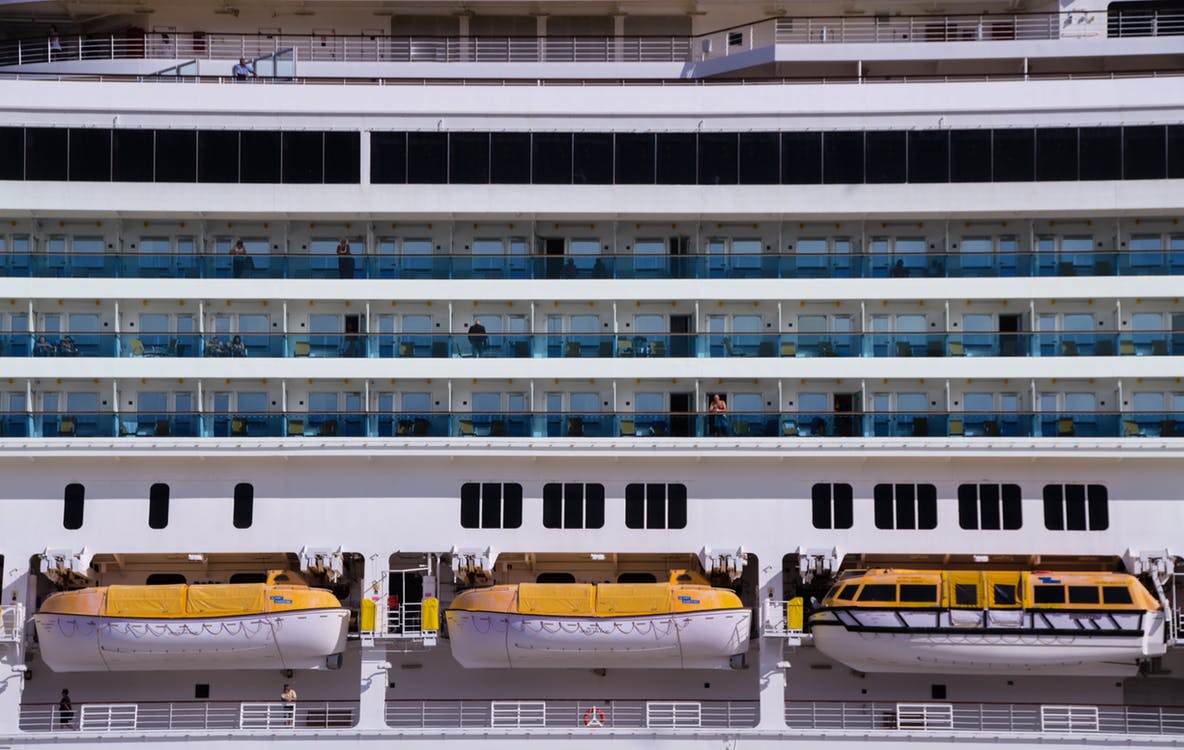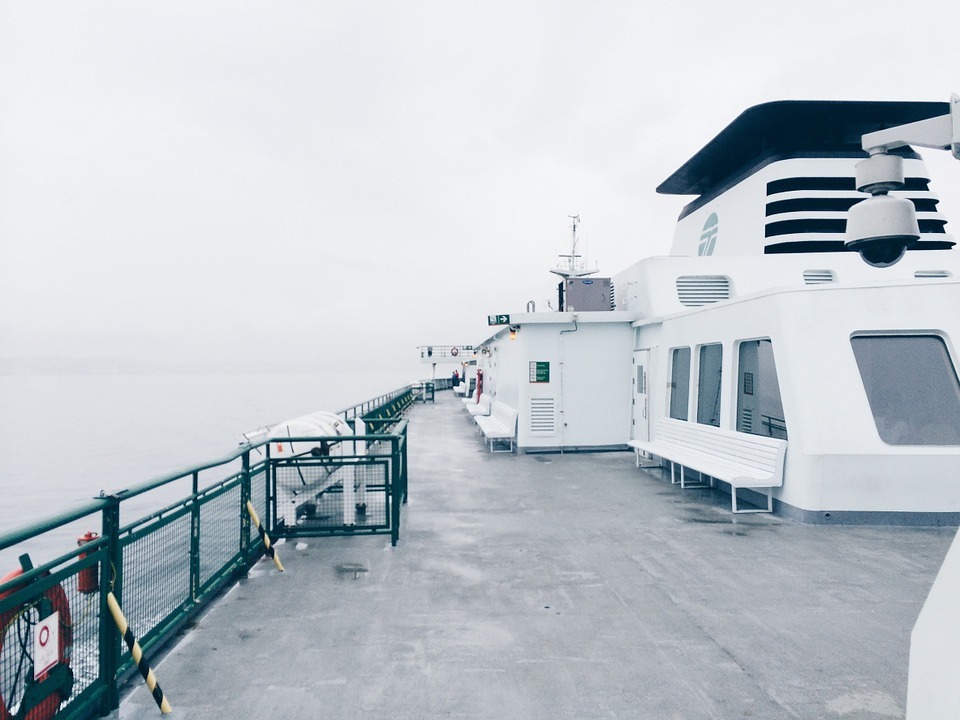Do you really know the difference between a ship and a boat? Have you ever wondered why sometimes a vessel is considered by some as a boat, while others call it a ship? It is because there is a thin line between these two, and it leads to confusion, especially for seafarers.
Back in the Age of Sail, a ship was defined as a vessel with three or more square rigged masts. Since the development in technology replaced wind and sail as the power generator, the ships of old became known as sailing ships, and the use of the term “ship” broadened to cover a wide variety of vessels.
Here are some aspects to consider that can help you differentiate a boat from a ship:
1. Size
When talking about differences between a ship and a boat, the first thing most people consider is the size. Traditionally, ships are larger vessels that travel mostly seas and the ocean, whereas boats are comparatively smaller and can be used to travel smaller bodies of water.
One best way to differentiate a ship and a boat is “a ship can carry a boat, but a boat cannot carry a ship,” according to the Naval Education and Training Command.
This naval convention is a good rule of thumb most of the time, but there are a few exceptions in both naval and civilian vessels. A large container ship can be carried aboard in an even bigger ship, but it doesn’t mean it gets demoted into a boat. Also, some yachts, tug boats, ferries, fishing boats or police boats can carry small lifeboats, but they aren’t called a ship because of that.
To make the distinction clearer, ships are technically a water transport vessel that weighs at least 500 tons. Boats are vessels that are quite compact in size and displacement.
The US Navy wants to apply this rule with submarines, as each vessel’s official name consists of a USS, which means United States Ship. But seamen has always referred to submarines as a boat, regardless of its size and weight.
2. Operational technology, propulsion and navigational tools
Another big difference between a boat and a ship is the technology and equipment needed to operate, navigate and power the vessel. Boats are simpler, as it uses less complicated systems, equipment and operational maintenance requirements. This can be powered simply by wind, paddles, pedals, sails or motor. Meanwhile, a ship uses advanced navigational systems, high-technology engineering and heavy machinery. Ships are often propelled by a dedicated engine and other advanced propulsion technologies, but can also be propelled by sails.
3. Operational bodies of water and purpose of transport
Like mentioned earlier, ships are vessels that are operated in the ocean or high seas. These include cruise ships, naval ships, container ships, tankers, RoRo ships and offshore vessels. Ships are mainly designed for use in cargo or passenger transportation across seas or oceans.
Boats, on the other hand, are operable in smaller bodies of water such as lakes, lagoons, rivers, bays, ponds, reservoirs, wetlands and the like – but boats can also be used in large bodies of water like seas and oceans. There are so many different types of boats. They are often used for ferrying, sailing, paddling, patrolling, towing, fishing, hunting and other recreational purposes. They are mainly used for smaller purposes and ply in areas near the coast.
Though vessels operating in the high seas are referred to as ships, submersible ones like submarines are called as boats.
4. Crew
A boat and a ship differ when it comes to the crew. Ships are larger in size, so they are operated by professional engineers and navigators. A ship also needs a captain who will lead the crew and operate the ship.
When it comes to boat, the smallest one can be operated by one person. There can also be a full-pledged crew involved, depending on the size and purpose of the boat, but it’s typically smaller than a crew of a ship.
5. Construction and design
When it comes to construction and design, boats have simpler features and structures and has lesser complexities in machine and design.
Ships, on the other hand, have complicated structures and utilizes a variety of machinery systems. These systems are essential for the operation, safety and stability of the ship.
6. Cargo capacity
Considering the size, a boat is small to mid-sized, making it carry much lesser cargo than a ship. Boats are mainly used for recreational purposes and for transporting a few people. Meanwhile, ships are specifically made to carry cargo or large numbers of passengers.
Again, there are some exceptions on actual usage of the terms. For instance, many commercial fishing vessels are as large as usual ships, but they are almost always called boats instead of fishing sips. Truly there are no hard and fast rules when it comes to the two vessels, but perhaps the most correct thing to do is to call it whatever the skipper calls it.



